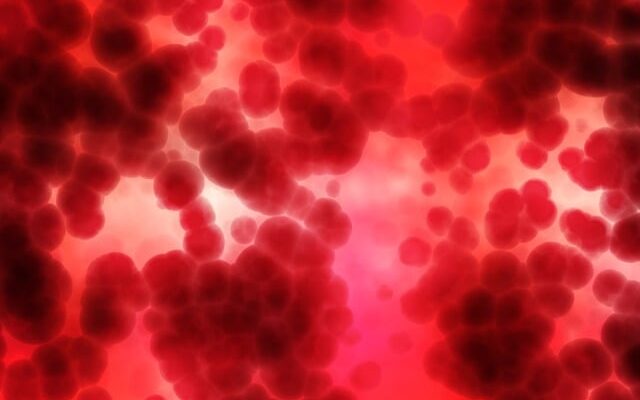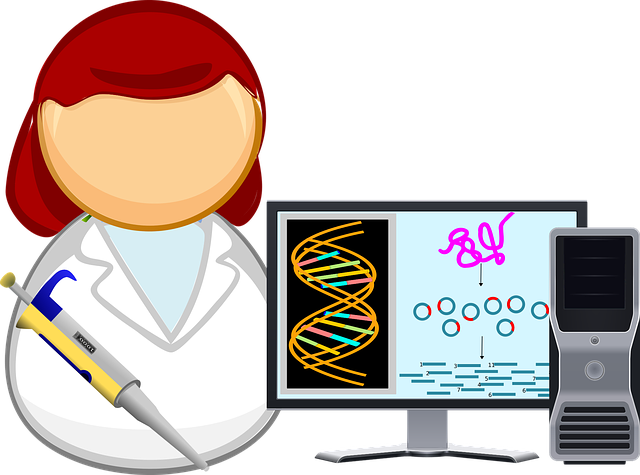January 3, 2023 Imphal By Banti Phurailatpam:
In a groundbreaking development that could redefine the landscape of cancer treatment, scientists have unveiled a new method capable of obliterating 99% of cancer cells without resorting to invasive surgeries. This transformative breakthrough not only holds the promise of significantly improving treatment outcomes but also marks a paradigm shift in the approach to battling cancer. Let’s delve into the details of this revolutionary method and the potential it brings to revolutionize cancer therapy.
Contents
- 1 The Game-Changer: Non-Invasive Cancer Cell Destruction
- 2 The Mechanism Unveiled: Precision on a Molecular Level
- 3 Non-Invasive Techniques: A Paradigm Shift in Cancer Treatment
- 4 Personalized Medicine: Tailoring Treatment to Individual Profiles
- 5 Getting Rid of Remaining Cancer Cells: Lowering the Chance of Recurrence
- 6 Reducing Treatment Side Effects: Enhancing Patient Well-Being
- 7 Clinical Trials and Regulatory Approval: The Path Ahead
- 8 Hope on the Horizon: Transforming the Cancer Treatment Landscape
- 9 Conclusion: A New Chapter in the Fight Against Cancer
The Game-Changer: Non-Invasive Cancer Cell Destruction
At the core of this pioneering method is the ability to selectively target and destroy cancer cells without the need for invasive surgical procedures. Traditional cancer treatments often involve surgery, chemotherapy, or radiation therapy, each with its own set of challenges and side effects. The newly discovered method aims to bypass these limitations, offering a more effective and patient-friendly alternative.
The Mechanism Unveiled: Precision on a Molecular Level
Unlike conventional treatments, this innovative approach operates on a molecular level, targeting specific features unique to cancer cells. By exploiting the molecular signatures that differentiate cancer cells from healthy ones, scientists have devised a method that seeks out and annihilates cancerous tissue with unparalleled precision. This level of specificity is a game-changer, minimizing damage to surrounding healthy cells.
Non-Invasive Techniques: A Paradigm Shift in Cancer Treatment
The non-invasive nature of this method represents a seismic shift in the way cancer is approached. Invasive surgeries, often accompanied by lengthy recovery periods and potential complications, may soon be a thing of the past. The new technique offers the potential for outpatient procedures, shorter recovery times, and a significantly reduced impact on the patient’s quality of life.
Personalized Medicine: Tailoring Treatment to Individual Profiles
Central to the success of this groundbreaking method is the concept of personalized medicine. Recognizing that each patient’s cancer is unique, the treatment is tailored to the individual molecular profile of their cancer cells. This approach not only enhances efficacy but also minimizes adverse effects, ushering in a new era where cancer treatment is finely tuned to the nuances of each patient’s condition.
Getting Rid of Remaining Cancer Cells: Lowering the Chance of Recurrence
One of the primary challenges in cancer treatment is ensuring the complete eradication of cancer cells. The new method demonstrates remarkable efficacy in eliminating residual cancer cells that often evade traditional treatments. By addressing even the most elusive cells, the risk of recurrence is substantially reduced, offering patients a more comprehensive and lasting solution.
Reducing Treatment Side Effects: Enhancing Patient Well-Being
Chemotherapy and radiation therapy, while effective, are notorious for their side effects, impacting patients’ overall well-being. The non-invasive method not only minimizes damage to healthy tissues but also mitigates the systemic side effects commonly associated with traditional treatments. This has profound implications for improving the overall quality of life for individuals undergoing cancer therapy.
Clinical Trials and Regulatory Approval: The Path Ahead
While the preliminary results are highly promising, the new method is still in the early stages of development. Rigorous clinical trials are essential to assess its safety, efficacy, and long-term outcomes across diverse cancer types. The path to regulatory approval will involve meticulous scrutiny to ensure that the method meets the stringent standards required for widespread clinical implementation.
Hope on the Horizon: Transforming the Cancer Treatment Landscape
The announcement of this non-invasive cancer cell destruction method has injected a renewed sense of hope into the field of oncology. Patients, clinicians, and researchers alike are optimistic about the transformative potential of this breakthrough. As the method progresses through clinical trials and regulatory processes, it holds the promise of becoming a beacon of hope for those battling cancer, ushering in an era where treatment is not only more effective but also more compassionate.
Conclusion: A New Chapter in the Fight Against Cancer
The discovery of a non-invasive method capable of annihilating 99% of cancer cells represents a watershed moment in the fight against this formidable disease. As researchers continue to unlock the secrets of molecular precision and personalized medicine, the potential for a more targeted, less invasive, and more compassionate approach to cancer treatment becomes increasingly tangible. While challenges lie ahead, the trajectory of this breakthrough offers a glimpse into a future where the words “cancer treatment” may no longer be synonymous with invasive surgeries and debilitating side effects, but rather with hope, resilience, and transformative healing.





